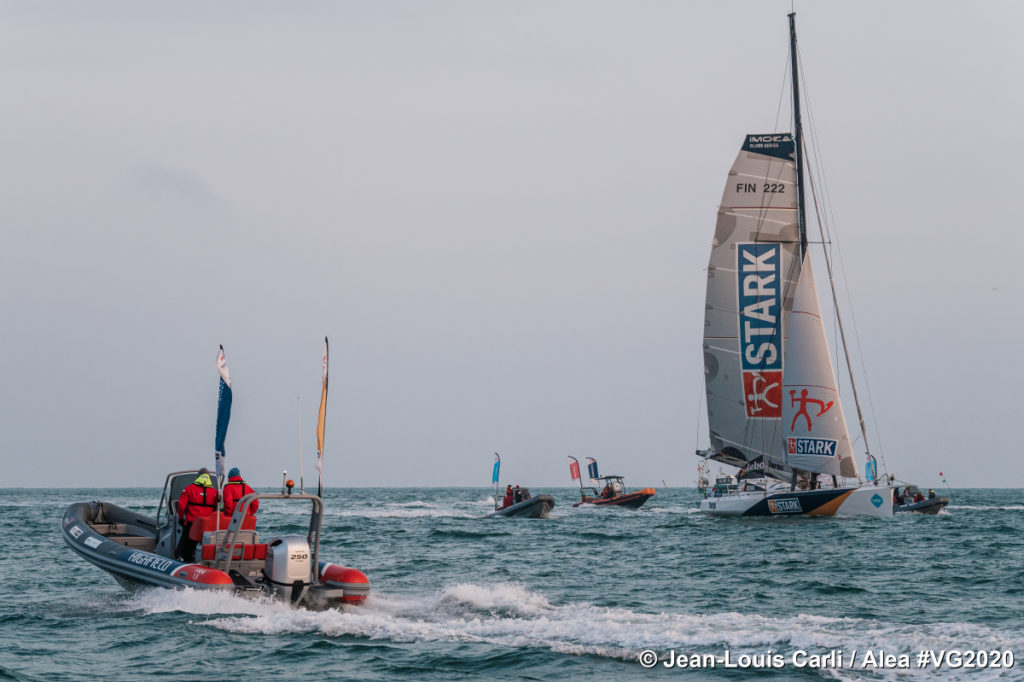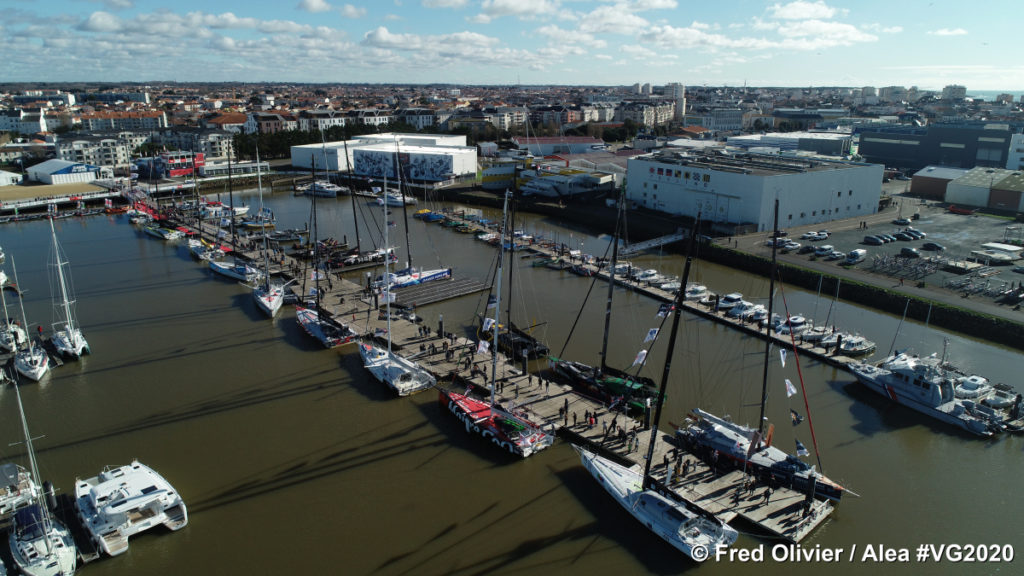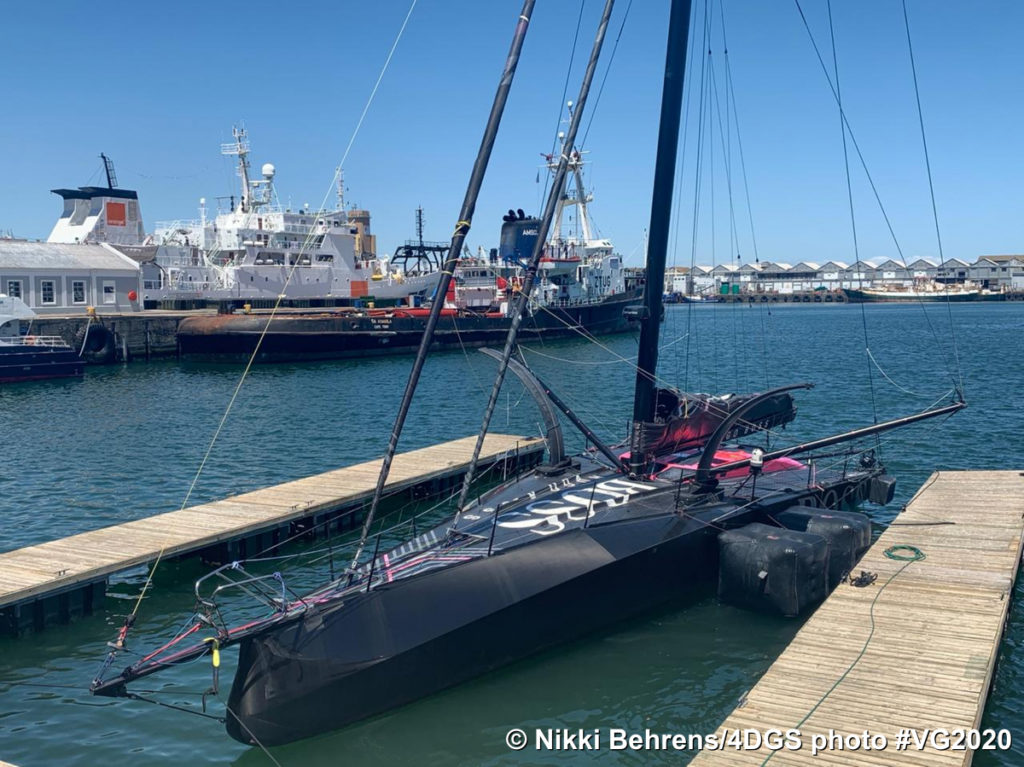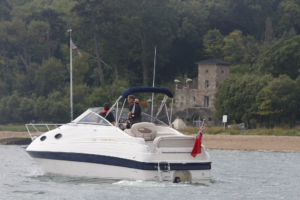Vendée Globe organisers reveal fan community has doubled

In a round-up of key statistics from the latest edition of the Vendée Globe, organisers revealed that its online fan community has doubled (985,000 social media fans across all its channels versus 419,800 in 2016) and noted that over 11,000 students entered the parallel virtual regatta.
The organisers say that the €16m Vendée Globe exists only because it is supported and liked by the public.
Unsurprisingly, 95% of the French public know about the race, but organisers say the media coverage it garnered worldwide was exceptional. It says 190 countries covered the race across five continents.
Sustainable clauses
With this worldwide interest it’ll come as a disappointment to some that there are no plans to introduce more ‘sustainable’ clauses to the next edition.
“Different clauses will become more numerous,” says Yves Auvinet, president of the SAEM Vendée, which organises the Vendée Globe. “But there is no reason to make a choice at this time on these [sustainable] criteria.
“Trying to think about what has happened, we have regular meetings with teams and skippers about the organisation and criteria. There will be evolution in terms of tech for 2024, but class rules are the responsibility of IMOCA.”
The Vendée Globe is open to the possibility of everyone who wants to enter it, says Auvinet.
“It’s totally impossible to select ‘projects’ [entrants] depending on specific criteria. For example the 25th finisher was an airplane pilot from Sweden [Ari Huusela]. We saw him in tears because he’d achieved his lifetime ambition. We will not stop this, we will be objective, but of course there will be qualifications.”
The race has turned a corner in its responsible approaches this year, says organisers, who cite ‘a clear reduction in single-use plastics, a respected commitment to favour national local suppliers (95% of food purchases were made in France, of which 48% in Vendée), and very little food waste’.
Plus, a partnership was established to support marine scientific research at UNESCO. Organisers also note the work of individual skippers and teams for highlighting the need to protect the oceans and the way in which they’ve raised awareness for respective charities.
Coping with Covid-19

Auvinet says the organisation’s agile manoeuvring in an ‘unprecedented context’ this year, was ‘quite outstanding’.
“Each edition has a series of uncertainties,” Auvinet says, “but in this edition – in a ‘sanitary’ context – the first victory was having it start.”
As the pandemic unfolded, Vendée Globe organisers had to invent protocols, convince state authorities about their viability and then work in a flexible way to set up new protocols for the start and finishes which took place ‘behind closed doors’.
All of that led to a ‘spectacular set of records’ including the highest number of starts at 33. There were six female starters (compared to none in 2016 race and two in 2012) and twenty-five classified finishers (with two more completing the course outside of the race after abandoning).
The women’s record for the race was broken by Clarisse Crémer in 87d 02h 24m 25s, seven days faster than Ellen MacArthur in 2001.
The rate of abandonment was low – only 24% (compared to 37% in 2000).
In the top 10, there were two latest generation foilers, four previous generation foilers, and four straight daggerboards.
New generation boats didn’t perform as expected

Auvinet says the weather caused the difference between the boat generations. He’d expected the new foilers to beat all records – but the outcome was not as striking as he’d thought it would be.
There was a succession of weather phenomena which paused, or slowed, the race at many different points allowing the fleet to compress, allowing for big comebacks.
The latest generation of foilers showed part of their effectiveness, Auvinet says, but three retired for different issues – and some also slowed down – which will give interesting feedback to architects, and enable them to think about the future.
Some of the last generation foilers were forced to abandon, Nicolas Troussel with the only dismasting on this edition, Sébastien Simon after hitting a floating object, and Alex Thomson with various structural problems and damaging a rudder.
Ocean racing with foils is a big topic for future developments and experiments, says organisers. Foils were in their infancy four years ago and were considered as experimental. This time they were bigger, and more powerful and offered a more rounded overall performance, or could be designed to engender a specific strength or performance profile. And the latest generation of boats were designed around the foils in terms of hull shape and structures. These new generation boats had been proven to be significantly quicker during the preceding two years before the race. They were not as convincing over this entire course, but demonstrated big spikes in speeds in certain conditions.
The older generation boats’ performance shows there is room for big projects and more modest projects which are reliable, Auvinet says. Technical teams who had prepared their straight daggerboard boats well were able to make their mark in the Top 10.
More than ever there is scope on the Vendée Globe for projects which have modest budgets but lots of commitment and drive, says Auvinet.











